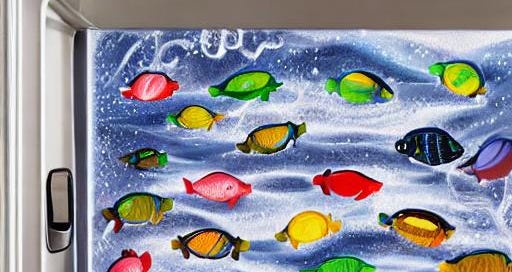A Good Feeling
I can’t stop thinking about refrigerators.
Things you don’t think about until they die: squirrels in the attic, ex-lovers, refrigerators.
Mine died on a Wednesday in April (the refrigerator, not the ex-lover). Had it been the only complication in my life at that moment, I might have coped better.
Things that can trigger a descent into depress…





